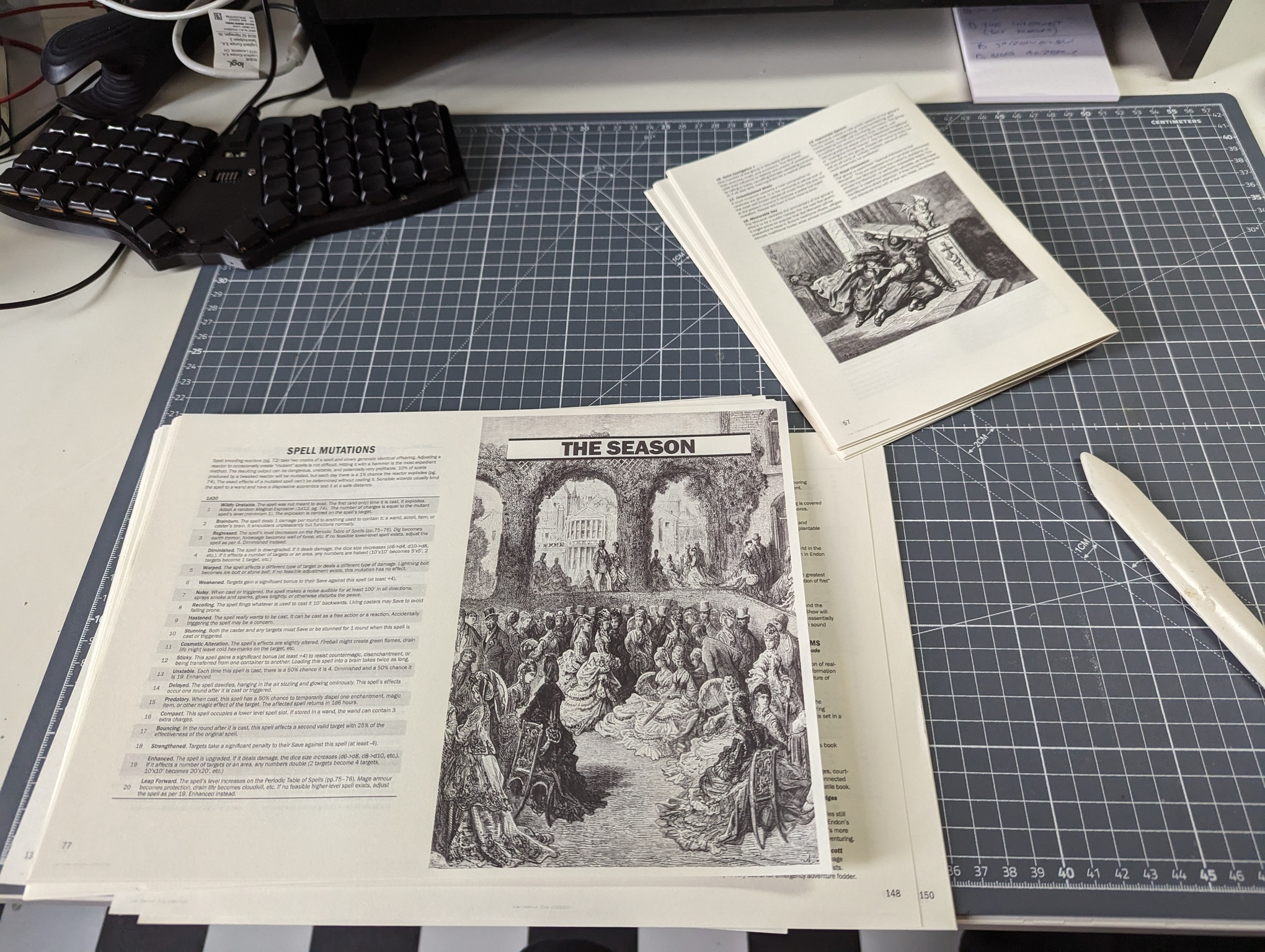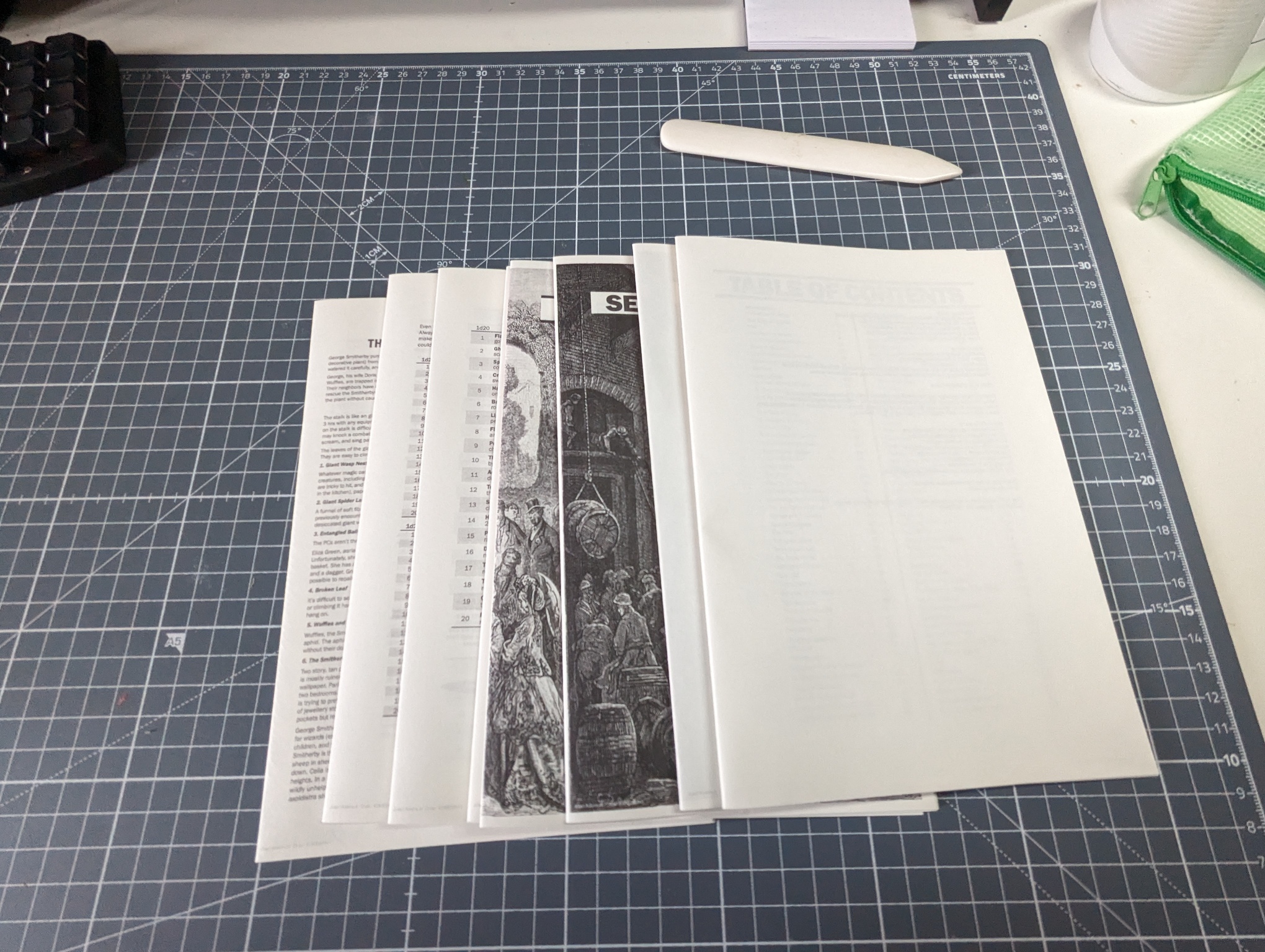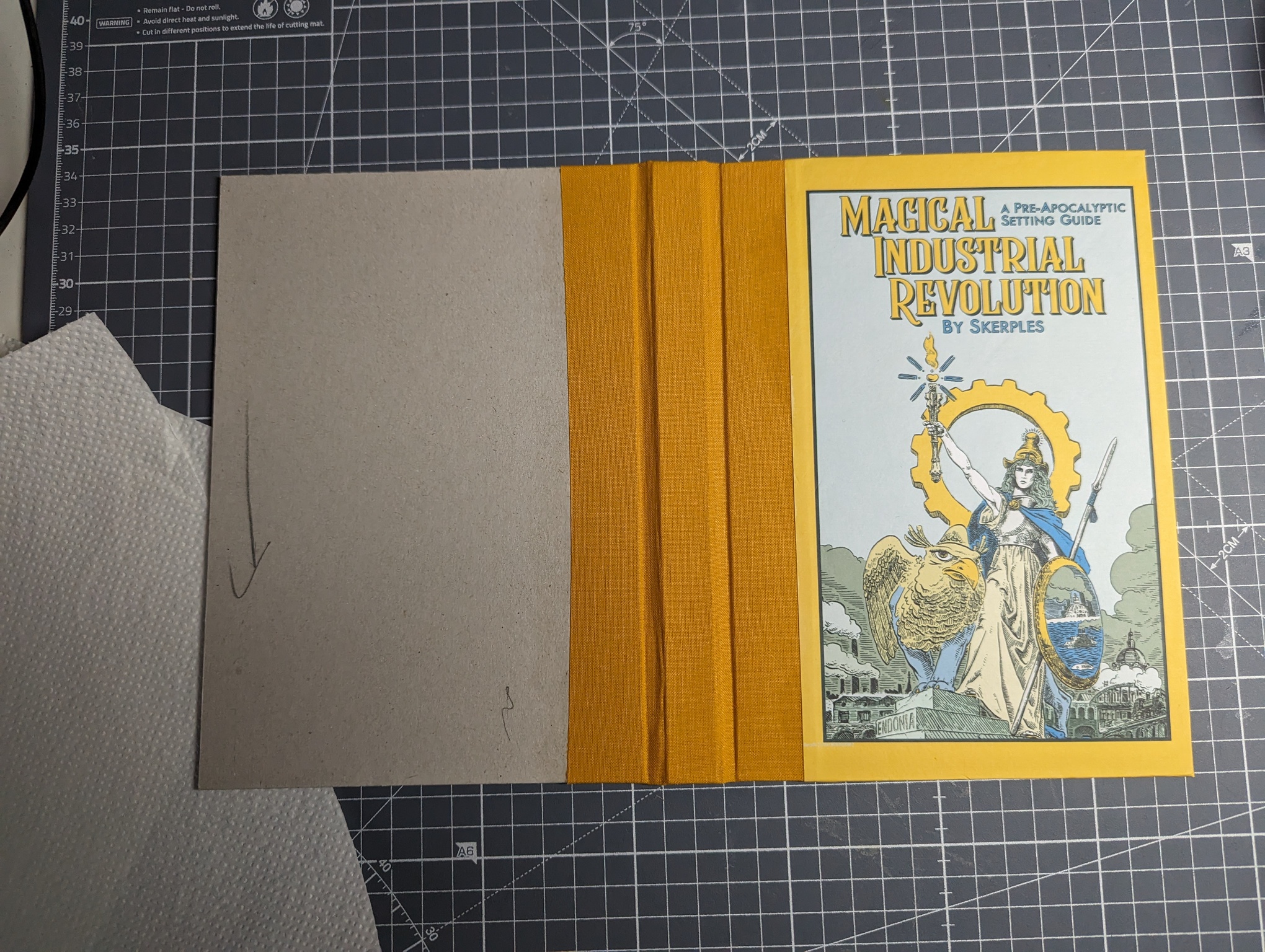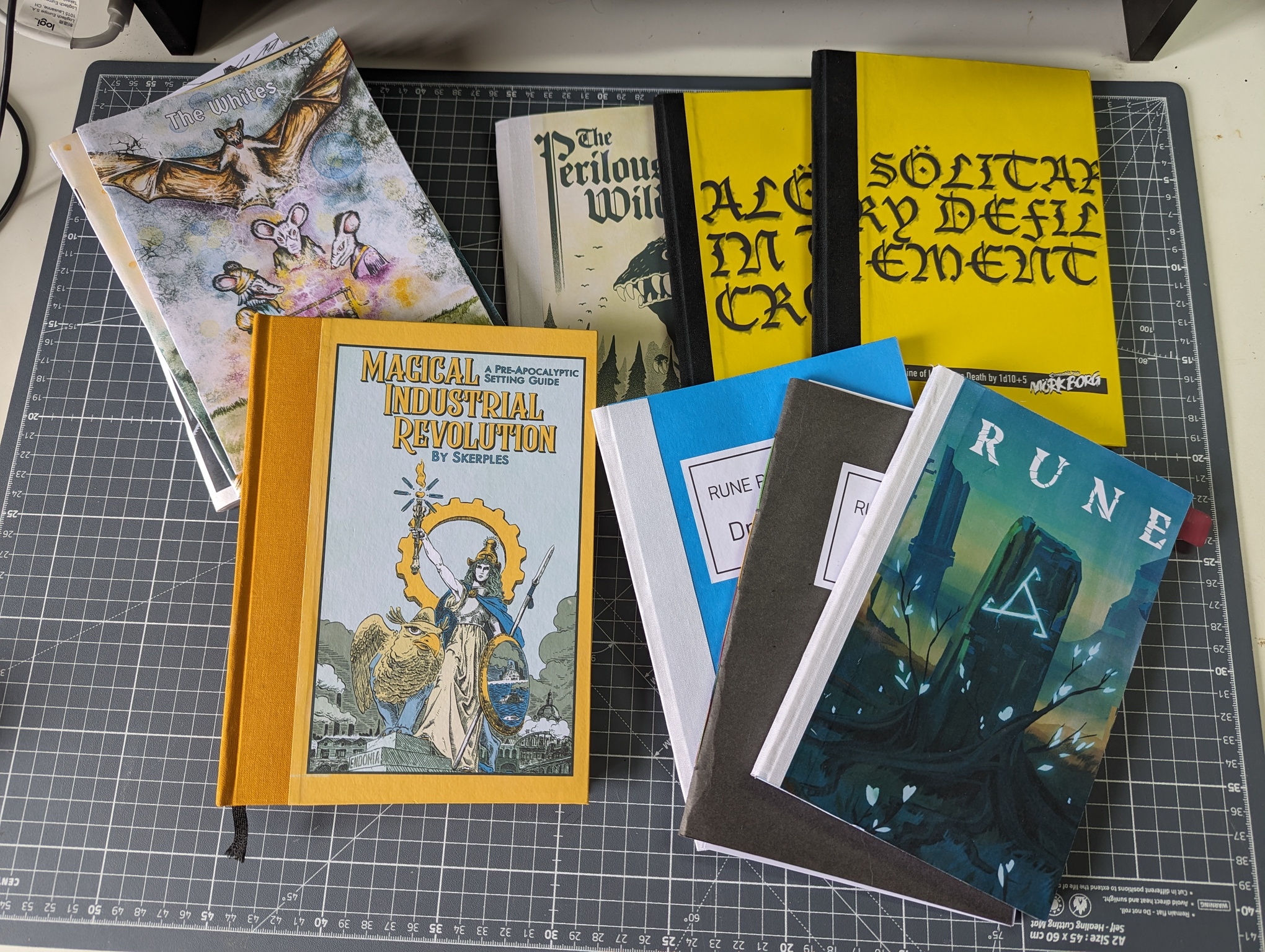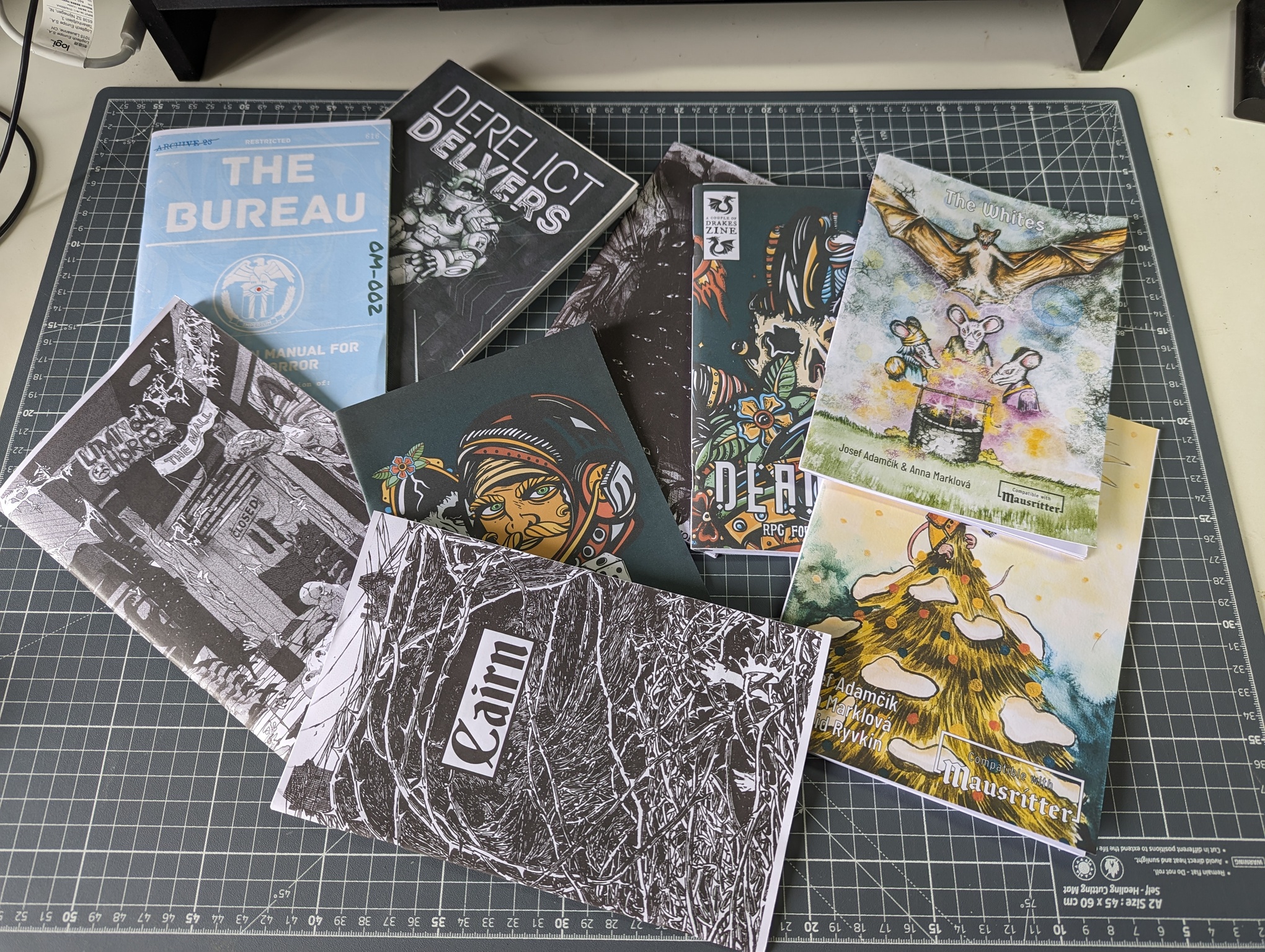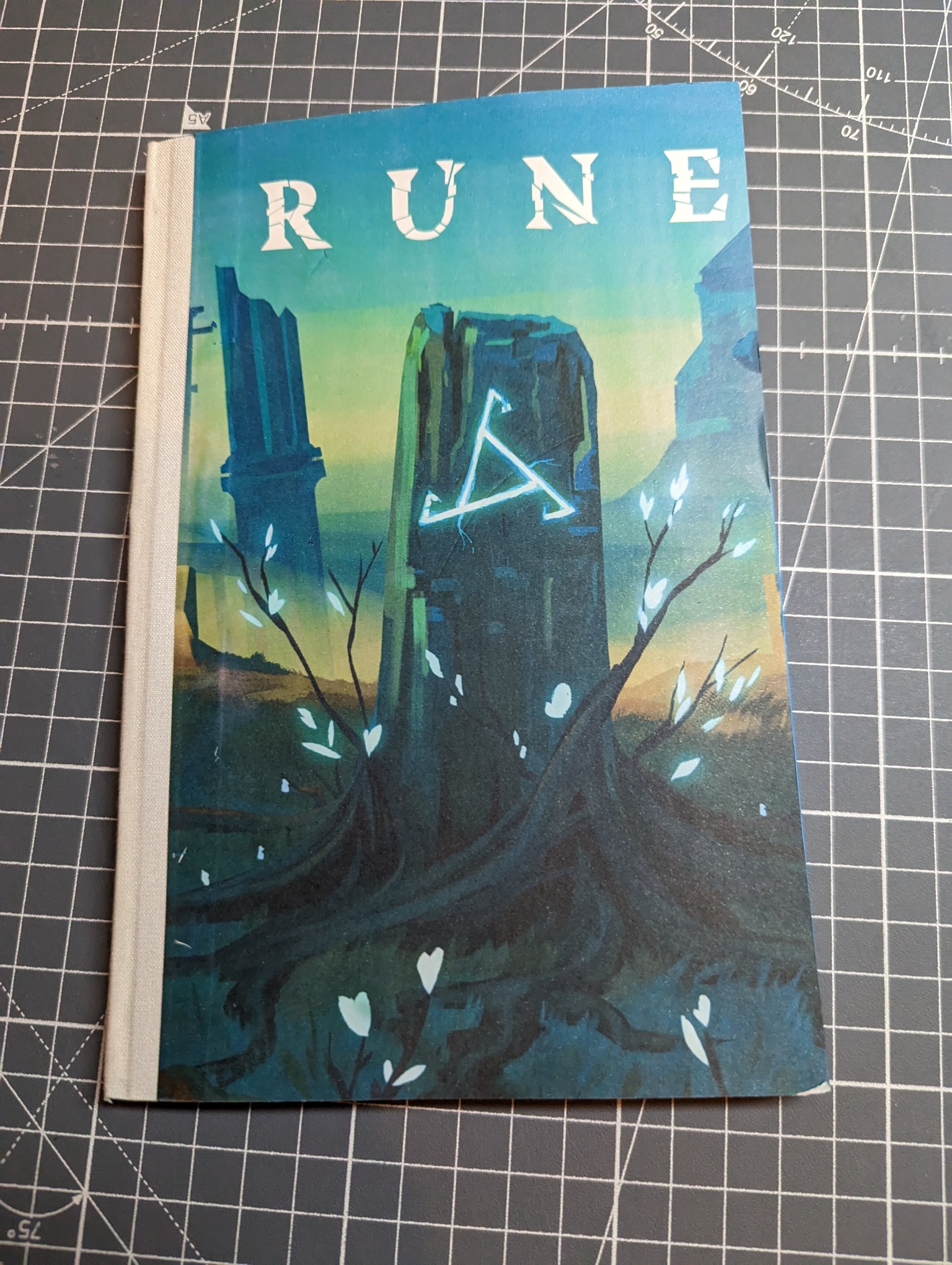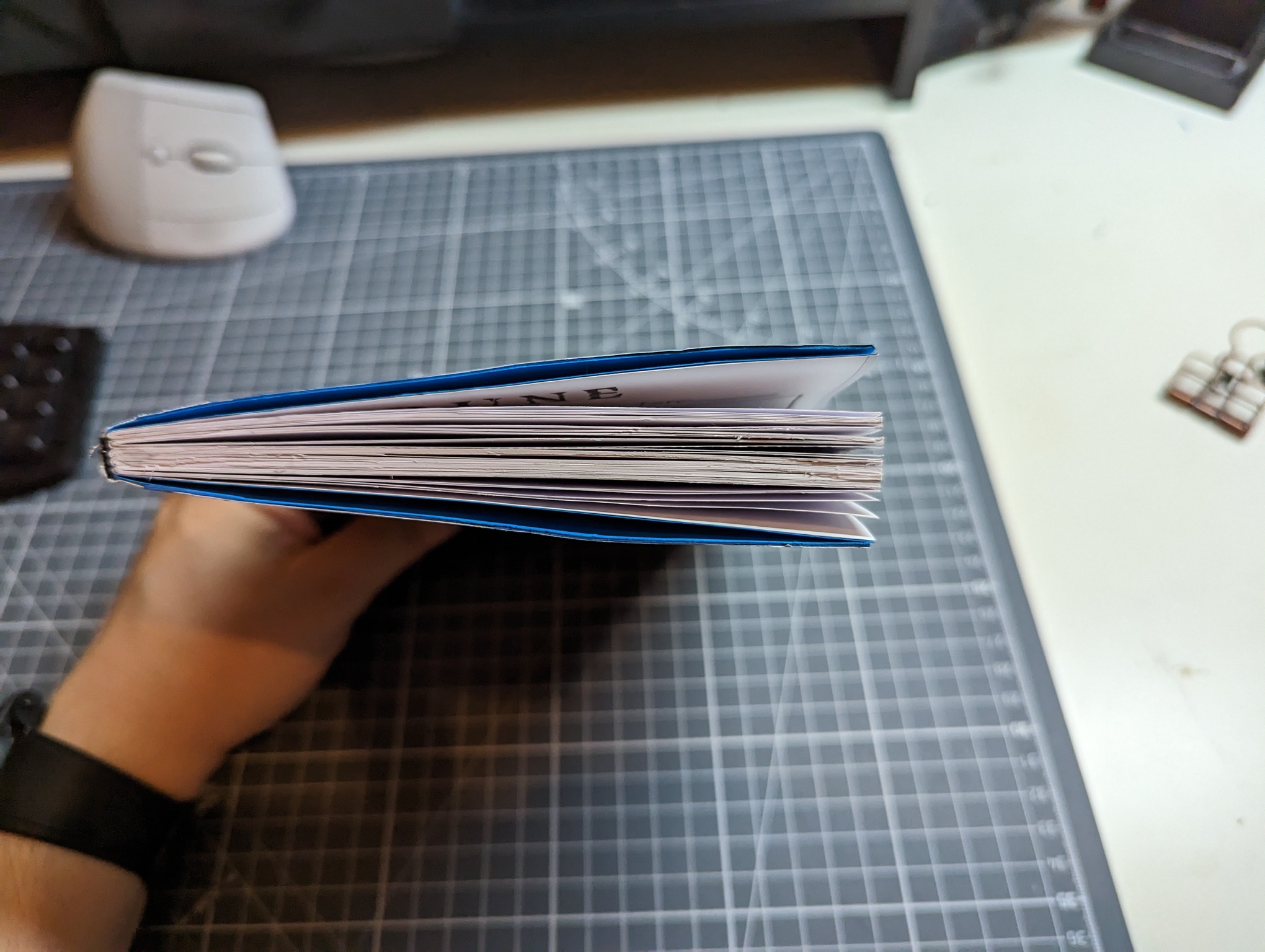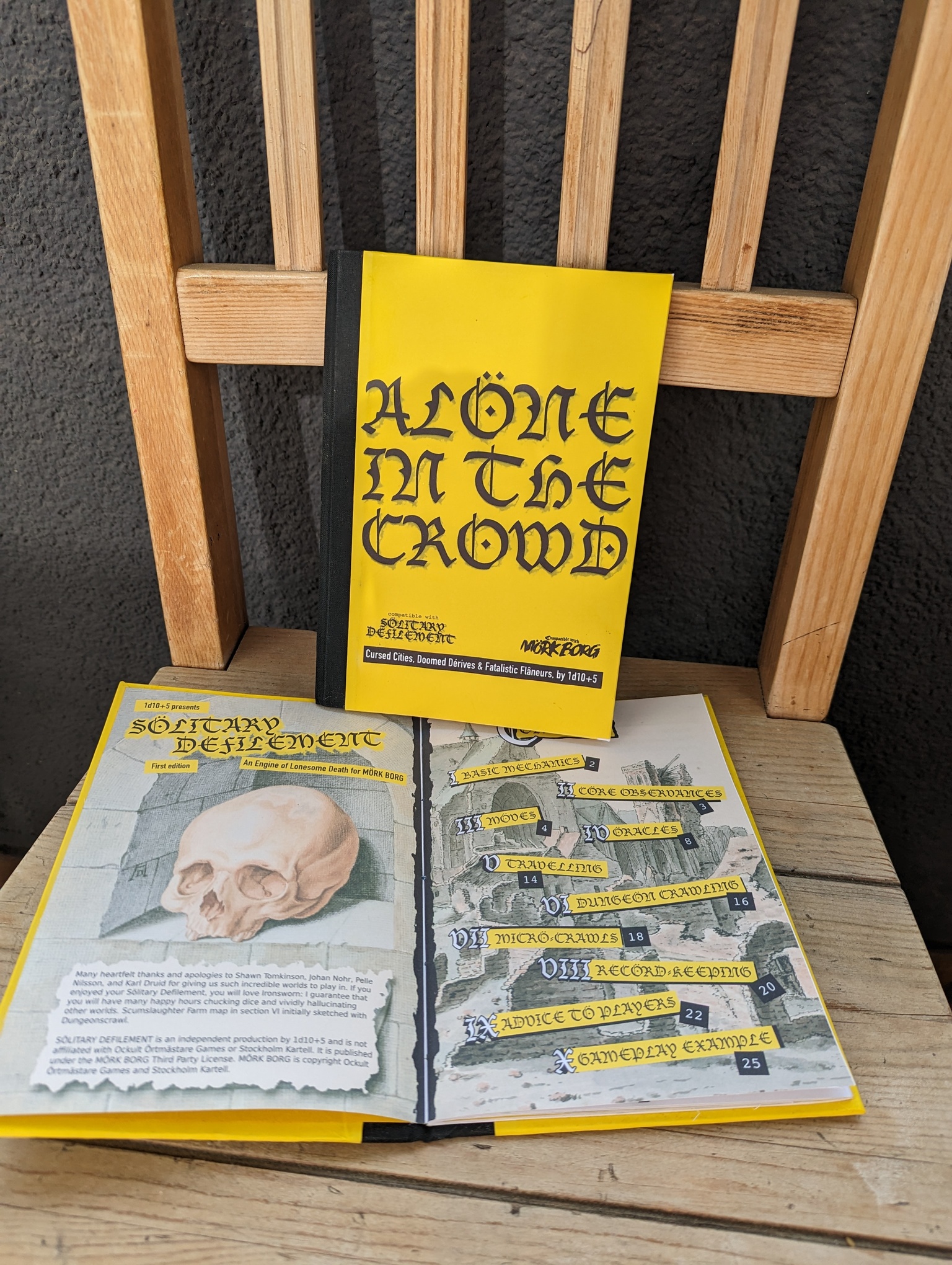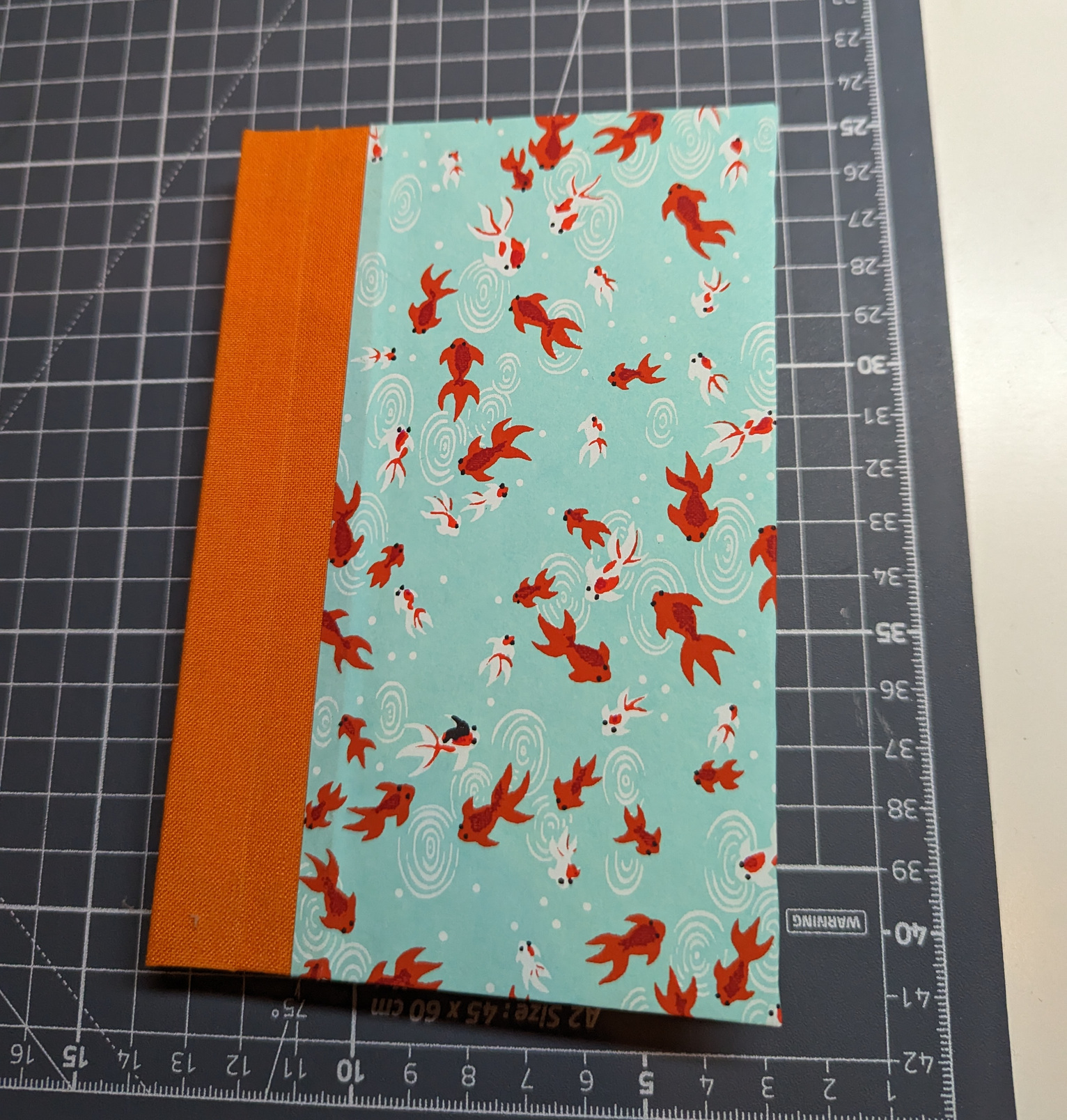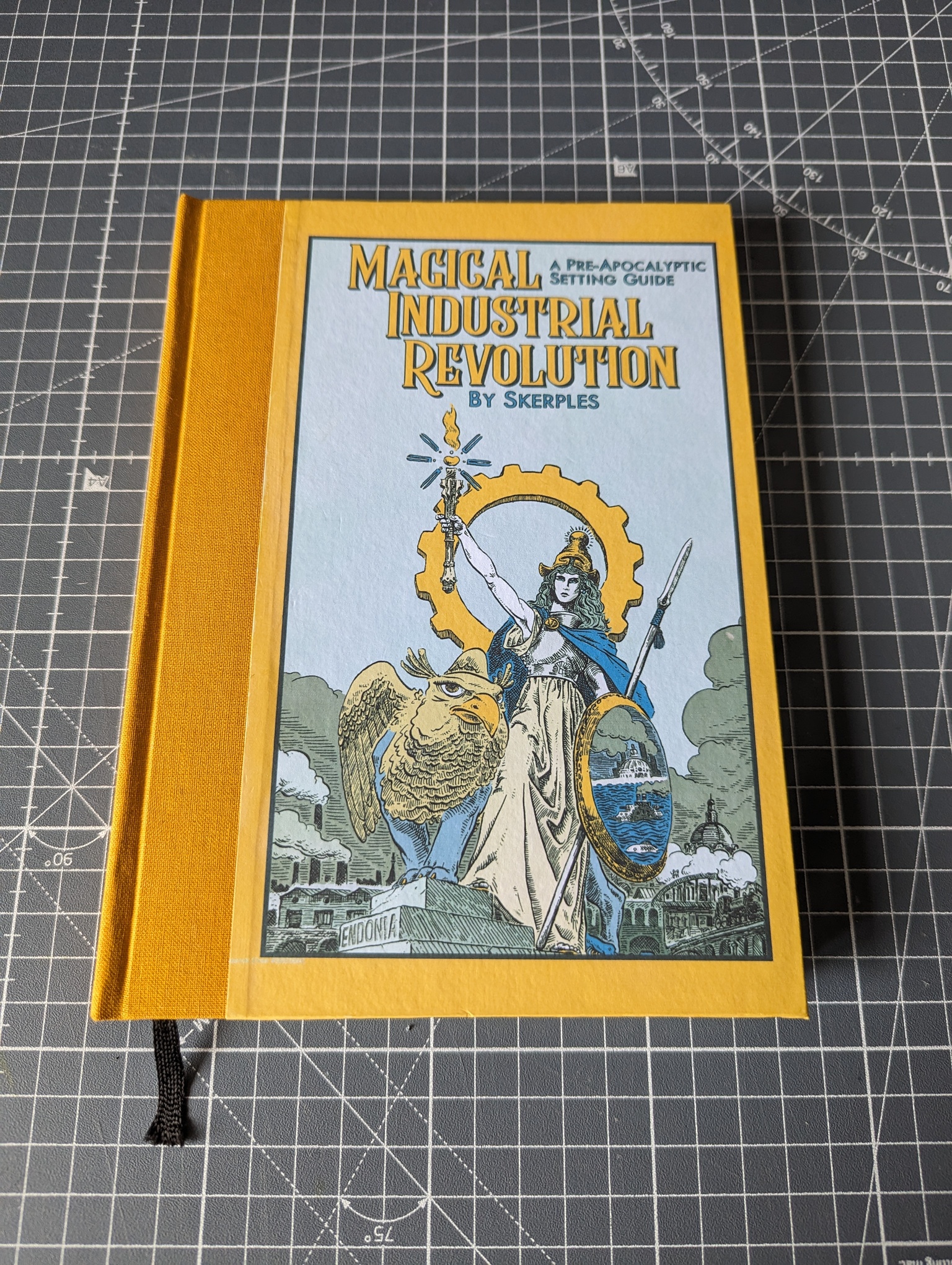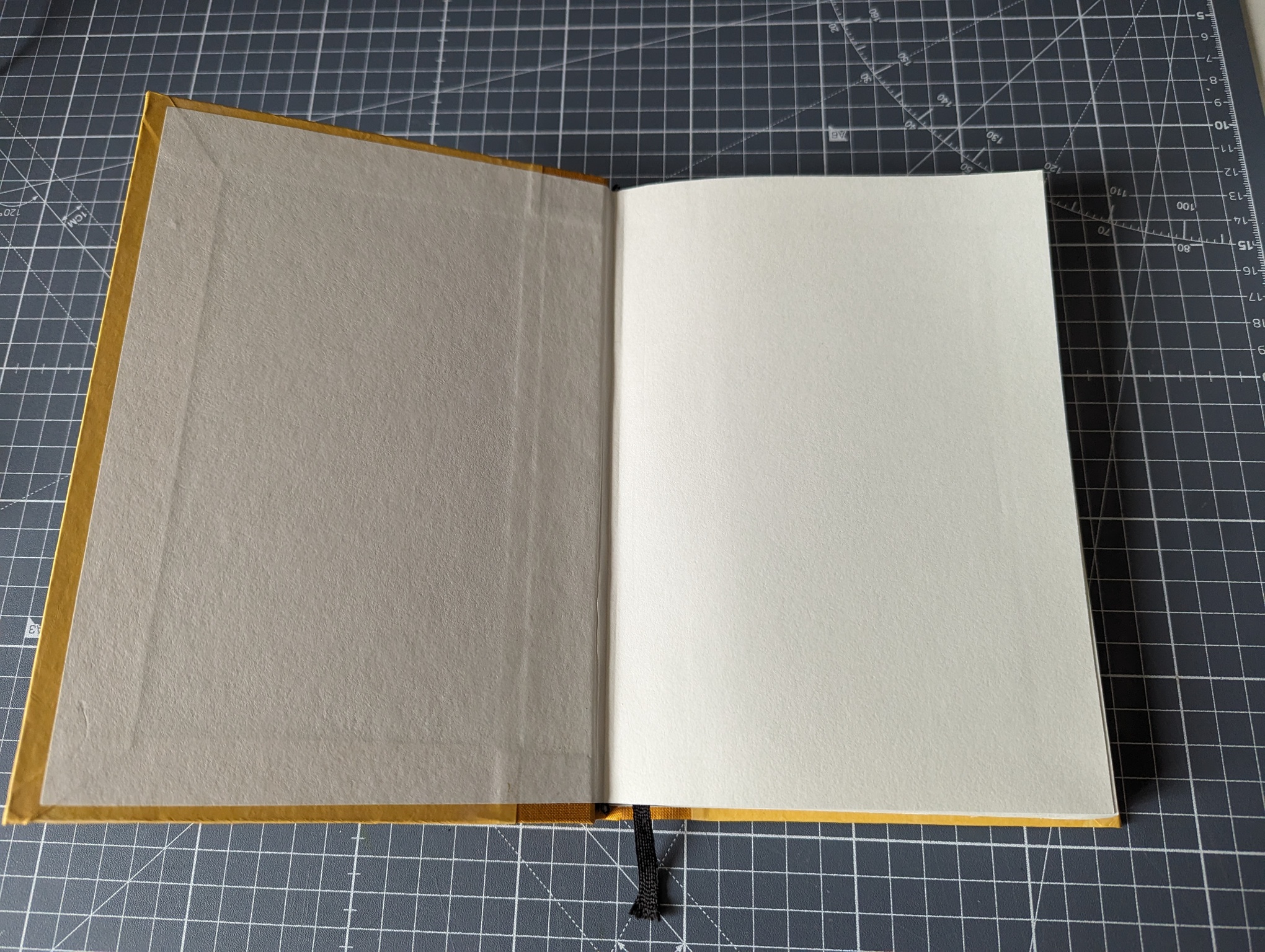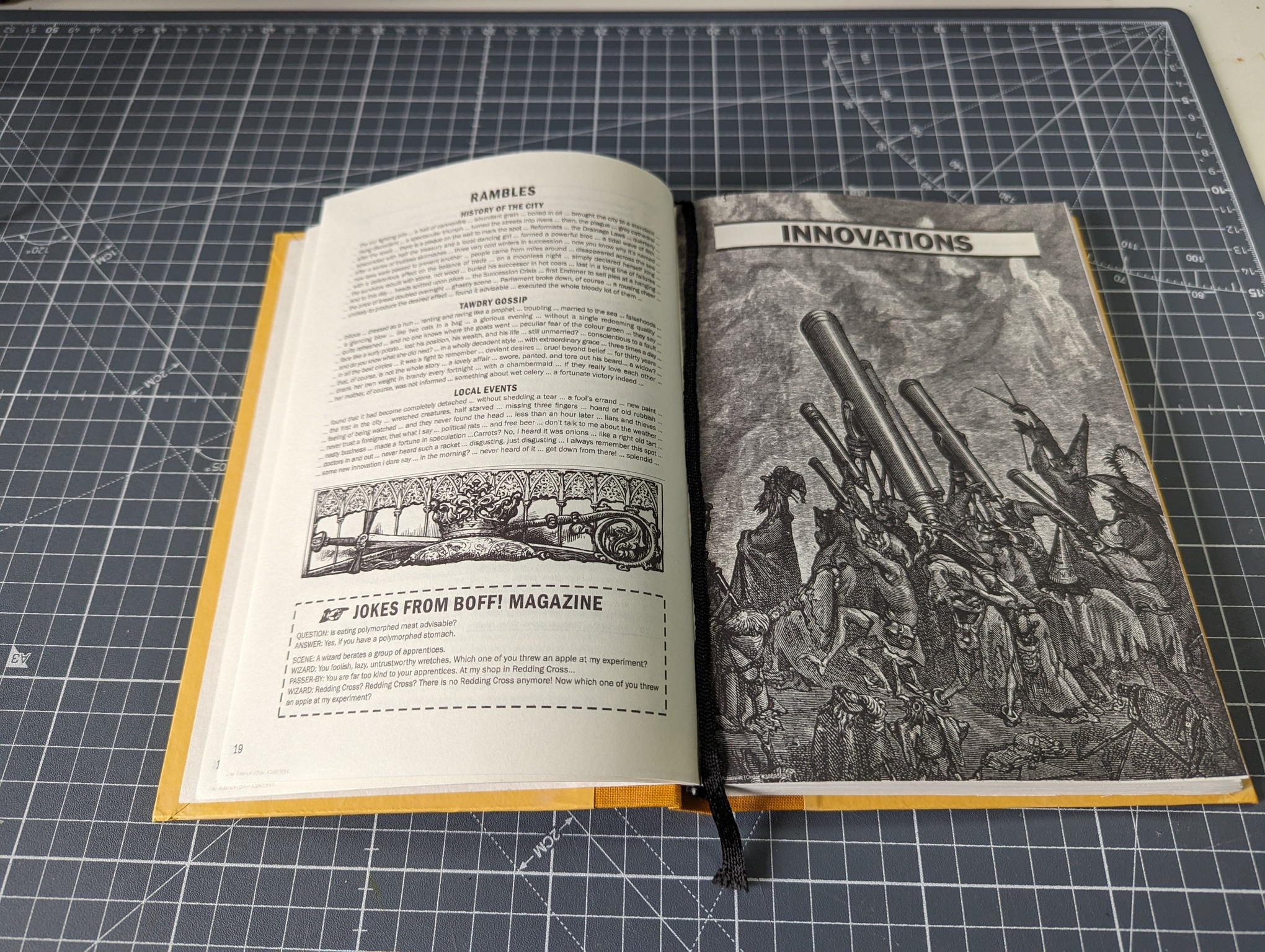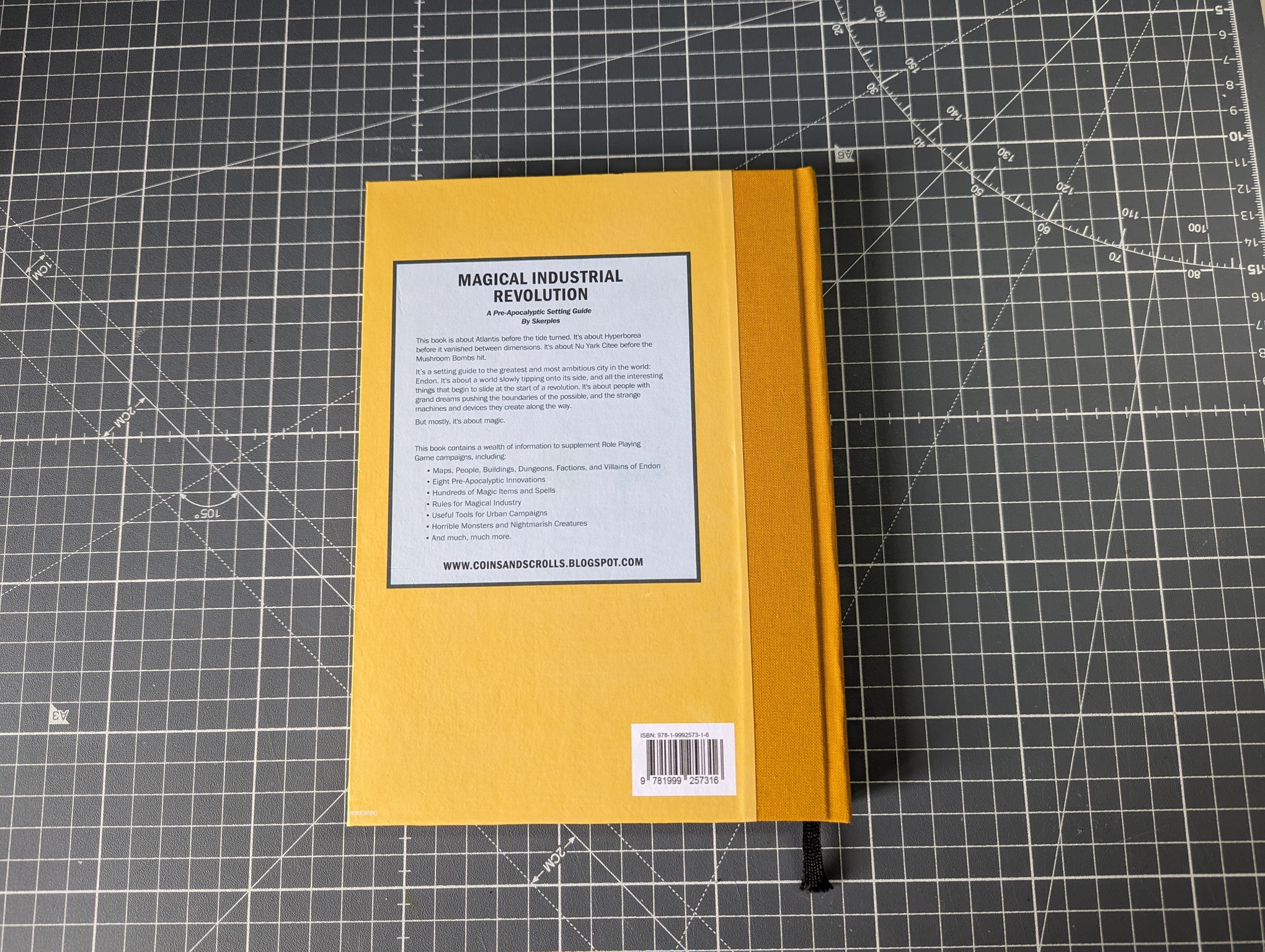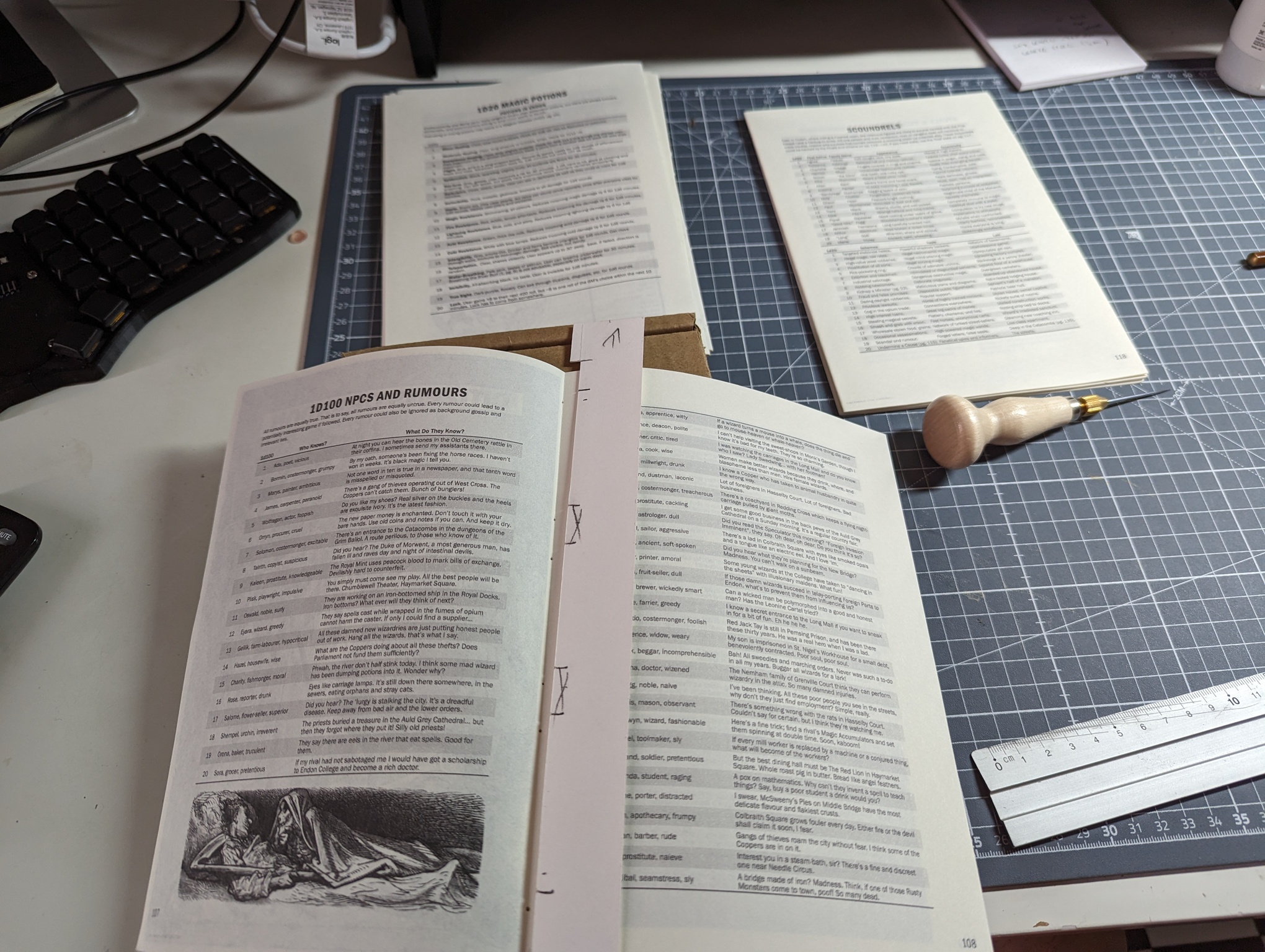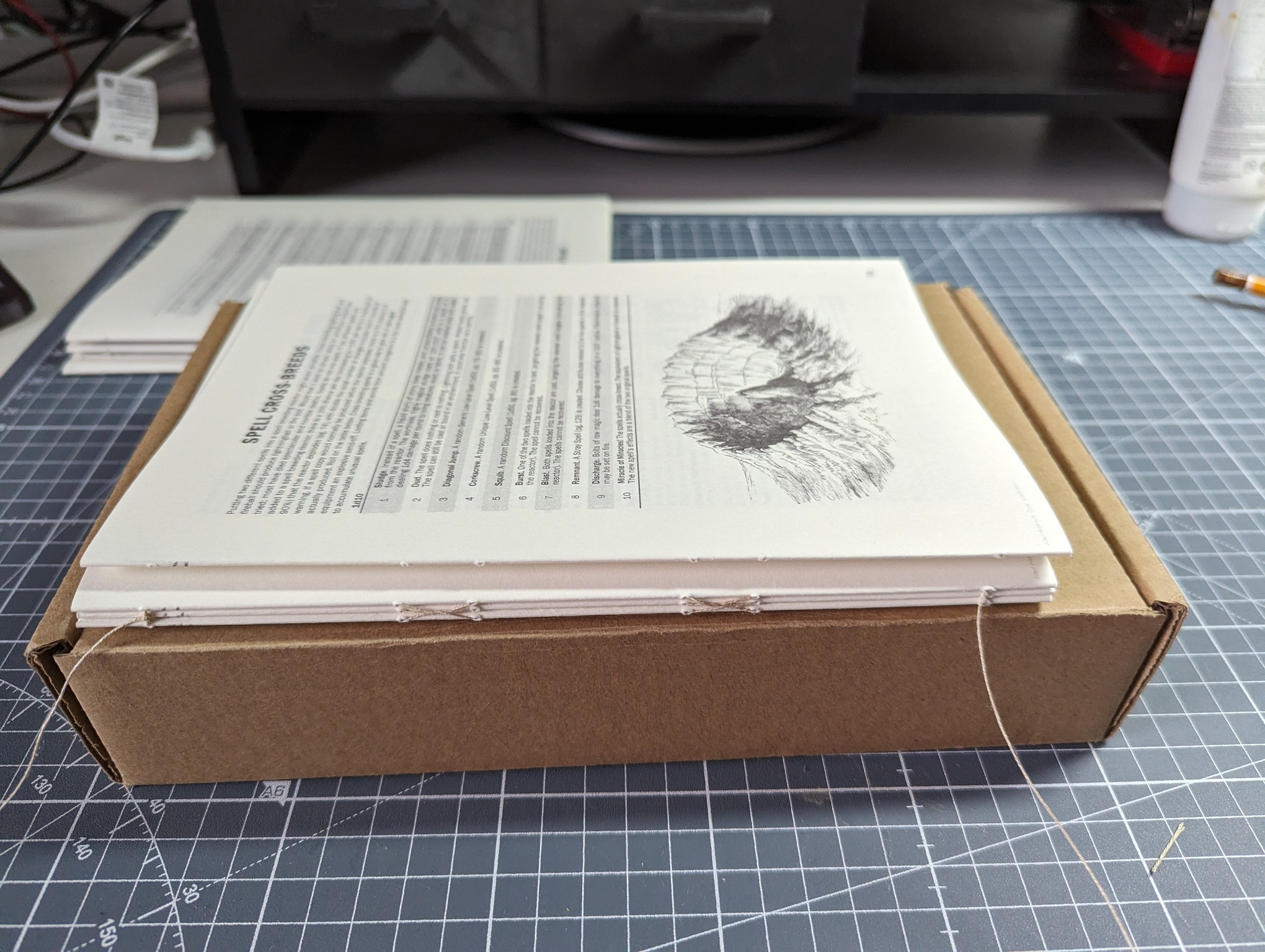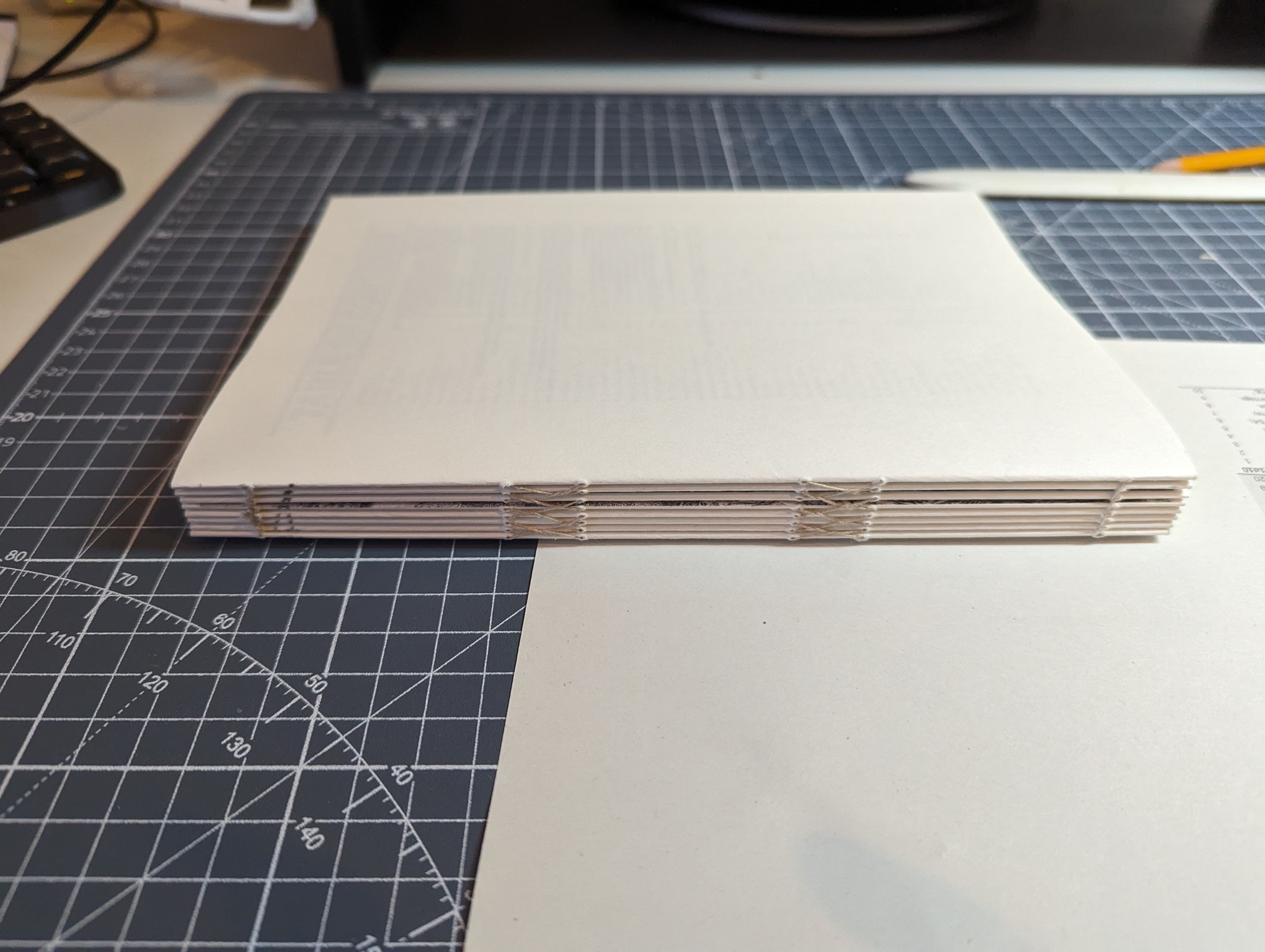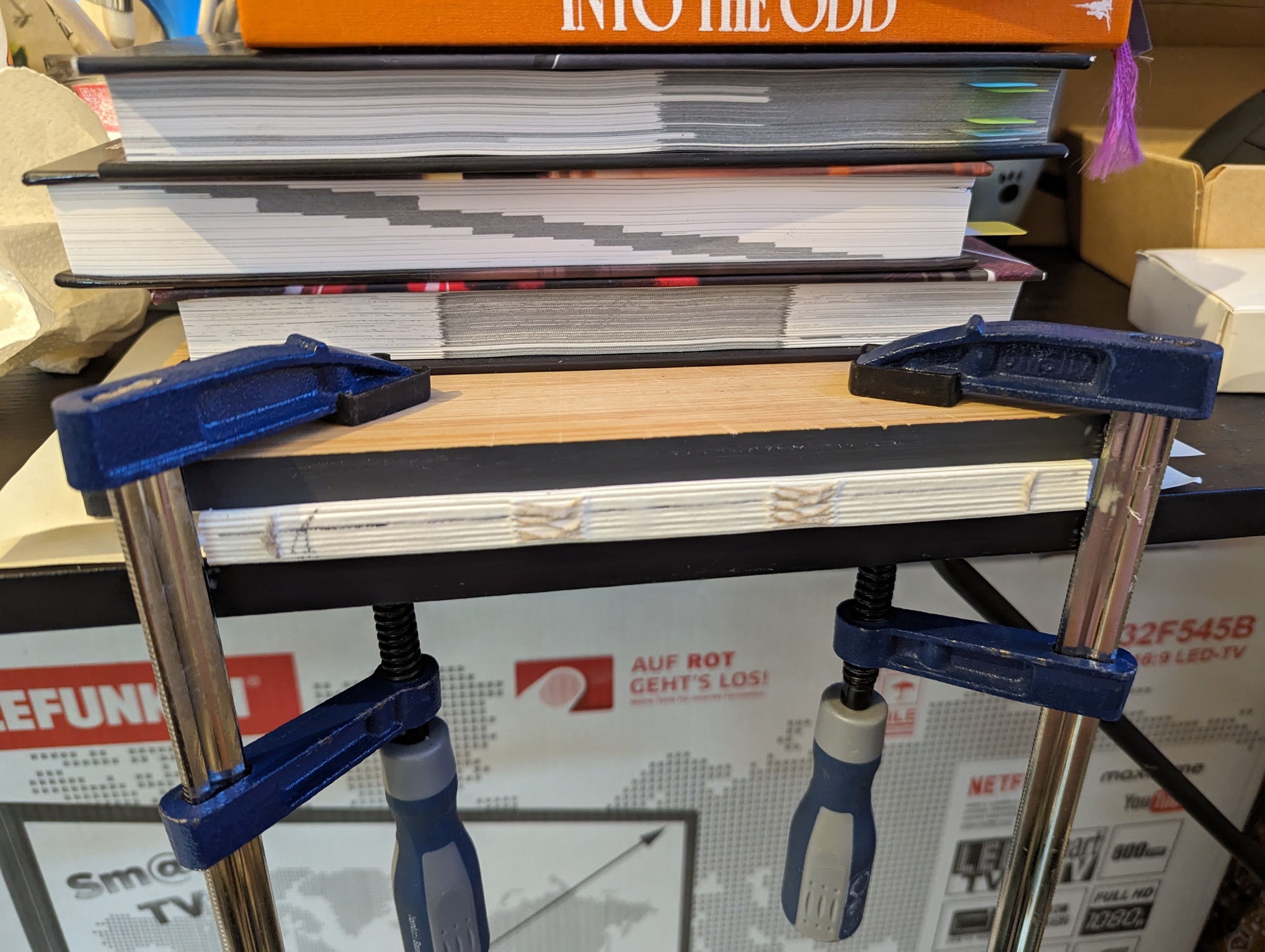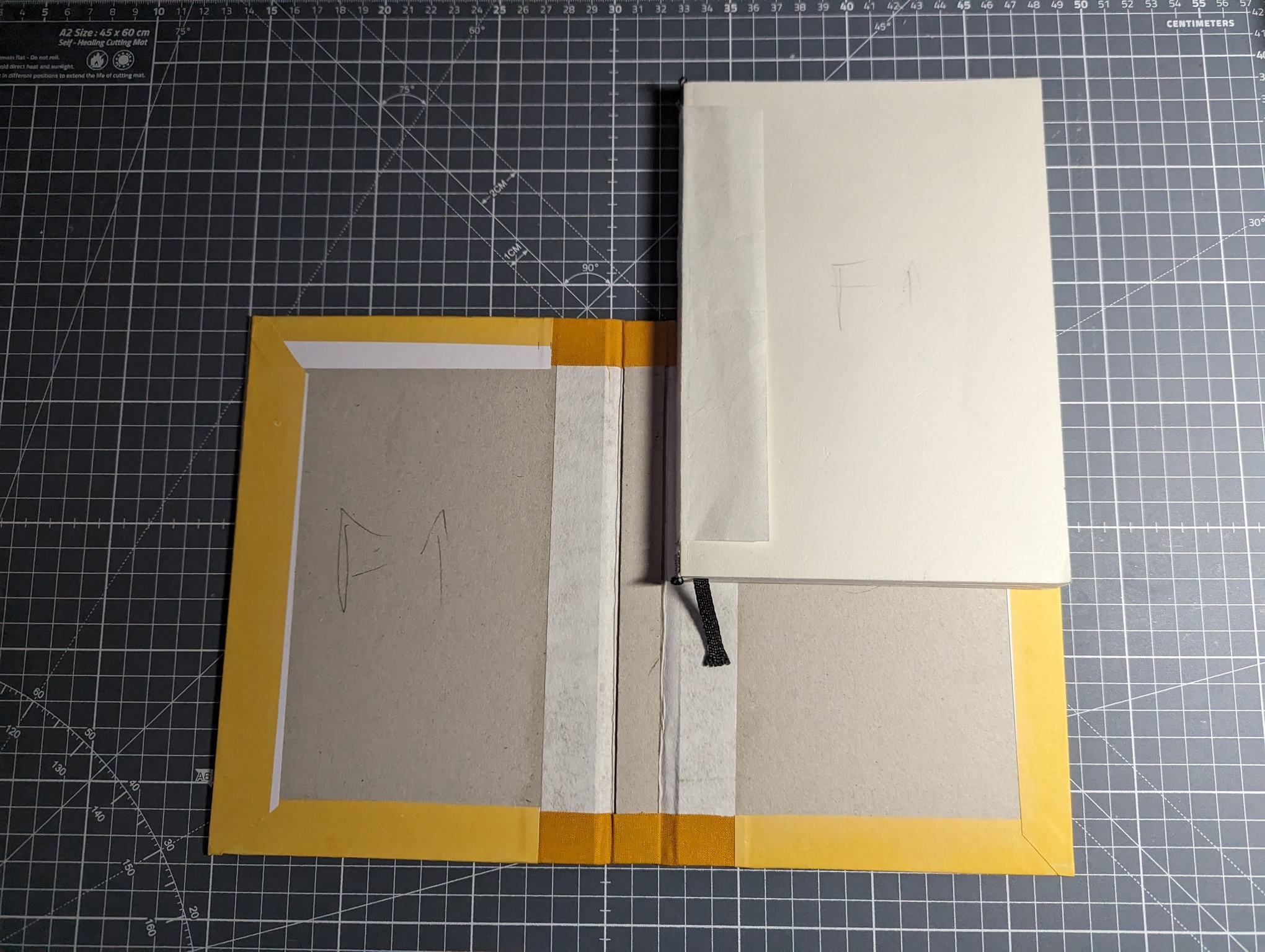I am still into TTRPGs (or PnP if you wish). You can read about how I resurrected this old hobby of mine last year. My two-player real-life group just finished their Mausritter Campaign. I play regularly at several open tables online and even managed to overcome my anxieties and join a couple of real-life games here in Berlin. And I plan to play (and run!) more.
Part of the hobby is reading and collecting games, rulebooks, adventures, and other modules. I do buy more than I could ever use in play. Sometimes I buy physical books, but often they are only digital. I still like to have something physical in my hand, so often, I print things on my old printer (Cannon MP550). I don’t know how old it is, but it’s at least 10 years. I started with A5 pamphlets. They are straightforward to print and assemble.
You print two A5 pages per A4 sheet, double-sided; the only tricky part is that the pages must be appropriately ordered on the sheets. Some digital downloads now contain, apart from the “normal” PDF, a PDF where you get 2 pages per a4 sheet in the landscape orientation. The pages are in their natural order, which works when reading online, but you must keep them as loose sheets when printed. You cannot fold and staple them into a “zine” (pamphlet). Some exceptions provide the “booklet” version (Liminal Horror, for example, has such a version). Nevertheless, most of the time, it’s up to you. Thankfully plenty of software has this feature, usually called “print as a booklet.” You can find it in Adobe Acrobat Reader and PDF XChange editor (which I mostly use nowadays).
The assembly is then straightforward. Fold them in half, staple or sew in the middle and cut excess paper on the edges.
You can see above that I printed plenty over time, including the two I wrote and my partner illustrated (both for Mausritter, The Whites and Chrismous Forever. I also made some A6 booklets with Ironsworn and Starforged oracles to support my offline solo play.
Eventually, I came across books I wanted to print, but they had too many pages for a pamphlet. I thought assembling them into multiple sections (or signatures) into a complete book and placing them into a cover couldn’t be that hard. I am certainly not a stranger to DIY crafts, so I started some research. It’s not unusual for me to start with the idea of doing a quick job, only to later spiral into the topic and spend more time researching and watching videos, followed by buying a lot of tools and supplies to finally get to what I wanted to do in the first place. So for some time, I had been obsessed with bookbinding videos, almost exclusively from the youtube channel Das Bookbinding (don’t worry, it’s in English), which is fantastic and captures a lot of institutional knowledge you wouldn’t find in the more common DIY bookbinding videos. I learned about many nuances of the craft (the paper has grain direction, and it matters!). I also learned by trying (your cover can warp in an ugly way!).
The first sewn book with multiple signatures I made was RUNE solo game. I wanted to take it on vacation and play it there. Long story short, I didn’t manage to assemble it in time and ended up reading a digital version. I still bound the book later to practice. The cover is quick&dirty and doesn’t use proper boards for cover (just a card stock), so there ended up being quite a bit of warping.
After that, I made several one-section pamphlets with hard covers, trying to use better boards and improve the technique.
I also made a small sketchbook (using premade text-block) to practice book covering.
Finally, I got to my last creation. This time I tried to do everything properly: the paper with the correct grain direction, nice 2mm thick boards, bookbinders cloth, and even a bit of advanced mix for glue. I took my digital copy of Magical Industrial Revolution by Skerpless (which is amazing, by the way) and chose to use Square Back Bradel Binding while using a bit different sewing method than in the video and doing the cover a bit differently. I am happy with the result, even though it has its flaws. A bit more photos from the process follow.
Does it make sense?
Let me make this clear. This is not a practical or cheap way to get a physical book. If you can get a POD (print-on-demand) copy, it’ll be more affordable and less work for you. I enjoy making things with my hands, and there is a lovely meditative aspect in most of the steps of the process. I also enjoy a lot learning and improving new skills. This will not likely be my long-term hobby, but I am pleased to have bookbinding in my skillset. I am confident my family will get DIY notepads and books for the next big gift-giving holiday in December.
Build log
